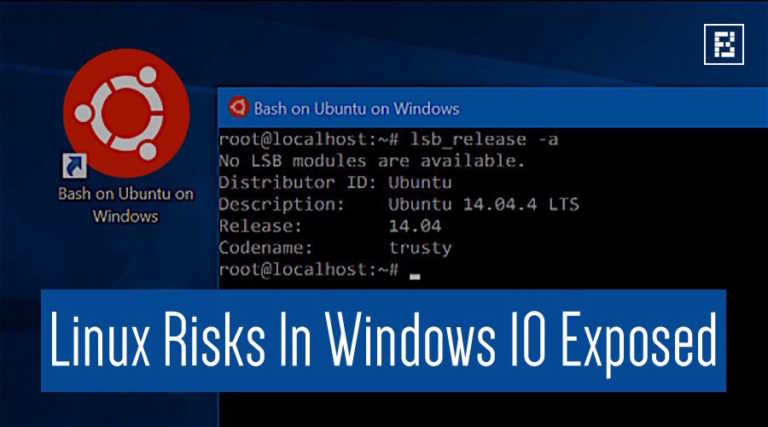4 Ways to Safeguard Your Privacy During Remote Work

During the COVID-19 pandemic, when everyone was home, remote work was the only way for people to complete their tasks and keep companies running. However, long after the pandemic ended, it still remains a popular option for companies and employees alike.
Unfortunately, threat actors have developed new and advanced methods of targeting people working from home to get access to sensitive company data. In this guide, we’ll share four easy ways to safeguard your privacy when doing remote work.
1. Being Aware of Latest Phishing Techniques
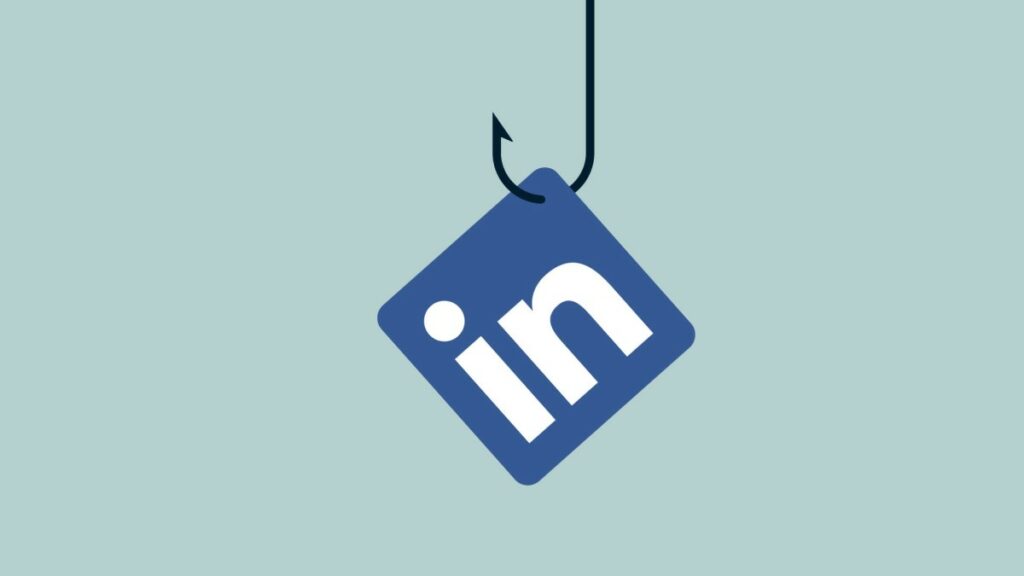
Knowing what tactics hackers use to access systems can help protect your privacy. For those unfamiliar, phishing is a type of scam in which threat actors trick people into accidentally revealing their personal information, such as log-in credentials, through fake websites.
Hackers often use social engineering tactics, impersonating trusted individuals like loved ones or IT professionals. Some of the common phishing scams include:
- Emotional Appeal Scams: Hackers use information from social media or LinkedIn profiles to make convincing emails. These messages often appear urgent or emotional, tricking people into clicking a link to a fake website, where they unknowingly enter their login details.
- Clone Phishing: Similar to emotional appeal scams, clone phishing involves threat actors creating near-identical copies of legitimate emails, sometimes even using look-alike email addresses. These emails often target multiple employees within the same company, increasing the chance of a successful breach.
- Quishing (QR Code Phishing): Since many people now know not to click on unknown links, threat actors have started using QR codes to lure people to malicious websites. The fact that many email clients do not have the same security measures to scan QR codes makes this problem worse.
2. Use a VPN
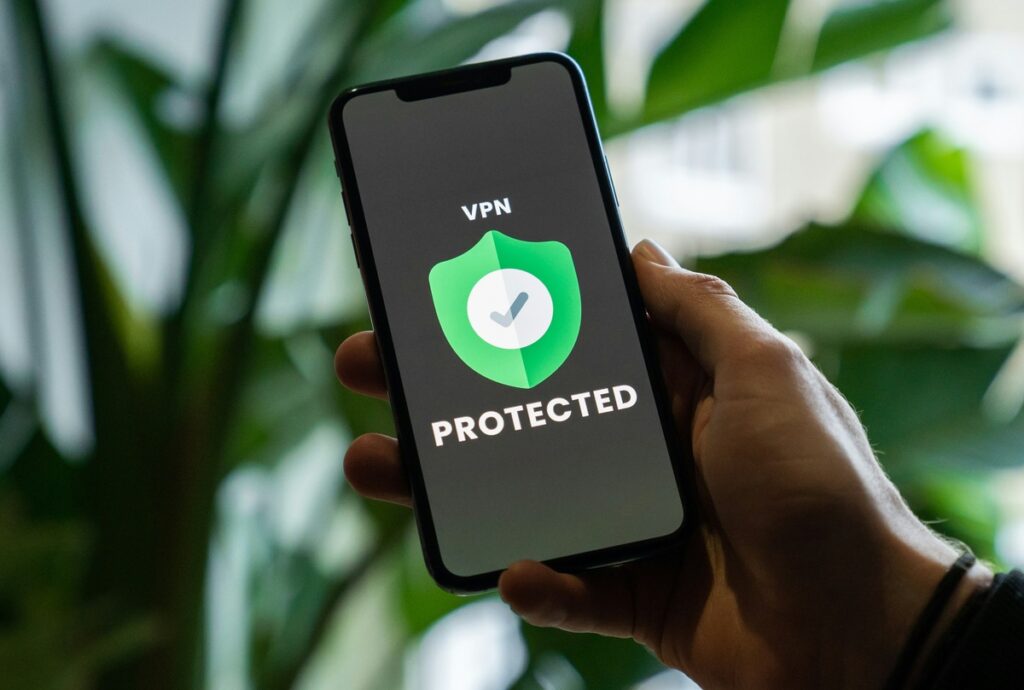
Working on public Wi-Fi is risky because these networks often lack encryption, making it easy for attackers to intercept data. Even if you work from your home Wi-Fi network, many security experts recommend that you use a VPN to set up a secure connection environment.
So, how does it work? Simply put, a VPN, or Virtual Private Network, establishes a safe network across the public internet by providing secure channels for your data and masking your IP address. This not only hides your geographical location but also safeguards your system from hackers targeting your network.
Further, a VPN encrypts all your data, protects you from man-in-the-middle (MITM) attacks, and enhances your security against hackers. We highly advise downloading a trusted VPN service to benefit from advanced security features like PrivateDNS and tracker blocking, ensuring safer and more private online browsing.
3. Keep your Devices Updated
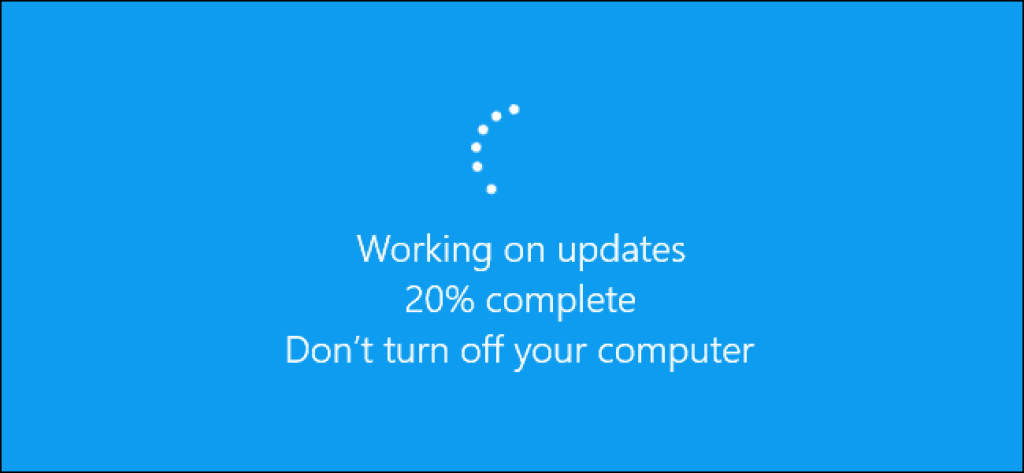
We all know that Windows updates are the most annoying thing in the world. They happen automatically and often at the worst of times. However, not all updates are useless. Microsoft and other software providers regularly release patches to fix critical security flaws that hackers might exploit.
Therefore, you should always update your system to the latest version, as there have been multiple instances where threat actors successfully breached company servers simply because one employee had not updated their laptop for months.
4. Setup Multi-Factor Authentication & Passkeys
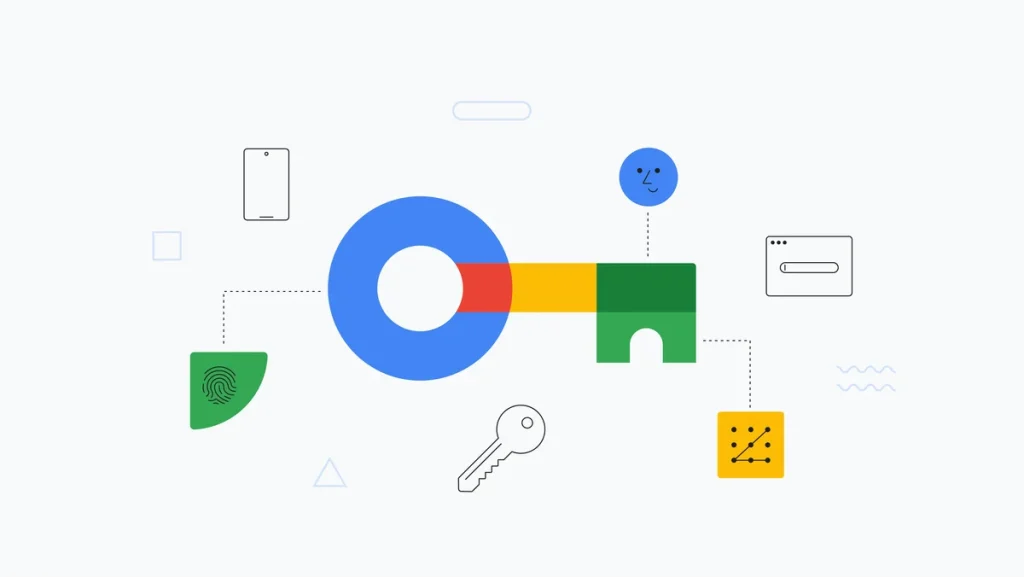
Multi-factor authentication is the easiest way to protect yourself from threat actors. It adds an additional step even if they manage to gain access to your credentials. Depending on your ecosystem, you can set up MFA through Google and Apple. We also highly recommend downloading a good password manager and storing your passwords.
On the other hand, passkeys are a whole new login system that eliminates the need for passwords altogether. They rely on two cryptographic keys—one stored on your device and the other on the server. To log in, simply visit a website and use your device’s biometric authentication (like Face ID or a fingerprint scan) to confirm your identity.
Since one key is stored on the website, even if hackers trick you into visiting a fake site, they won’t have access to the matching key on your device.
Conclusion
Despite all its benefits, remote work is more likely to be targeted by hackers. However, by staying aware of the latest cyber threats, keeping your systems updated, enabling MFA, and using a reliable VPN, you can significantly reduce this risk.

